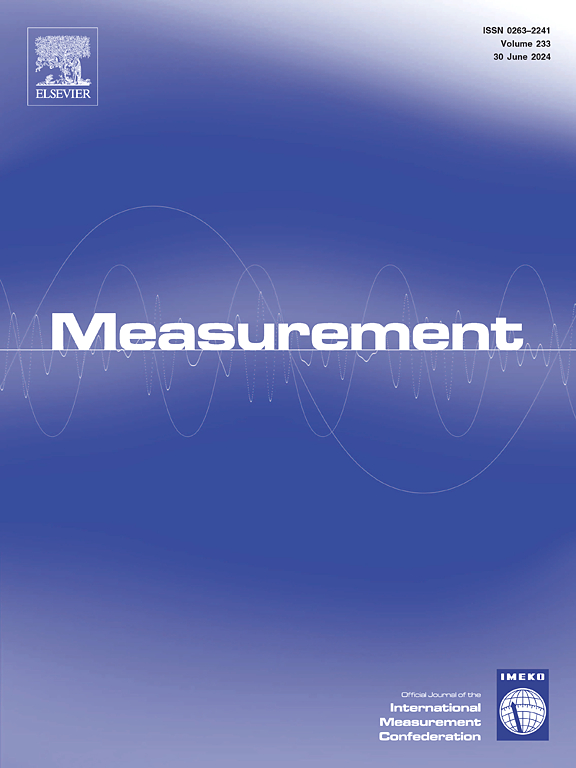Characterization and evaluation of a screen-printed stretchable silver-PDMS microstrip antenna for wearable electronics
IF 5.6
2区 工程技术
Q1 ENGINEERING, MULTIDISCIPLINARY
引用次数: 0
Abstract
The rapid development of wearable electronics and wireless body area networks (WBANs) demands antennas that integrate robust electrical performance, mechanical stretchability, and biosafety for dynamic human-centric applications. While liquid metals and geometric designs have advanced stretchable antennas, challenges such as fabrication complexity, oxidation risks, and high costs hinder their scalability. This work presents a screen-printed polydimethylsiloxane (PDMS)-based stretchable microstrip antenna fabricated using a commercial silver-based conductive paste. By systematically analyzing the thermal stability, rheological behavior, and sintering properties of the silver paste, we optimized screen-printing and thermal sintering parameters (temperature: 140 °C, duration: 30 min) to achieve a dense conductive layer of the antenna with robust substrate adhesion and strain-resistant electrical properties. The fabricated antenna operates across the 2.1–2.9 GHz band, covering the desirable industrial, scientific, and medical (ISM) frequencies, with stable impedance matching (S11 < − 10 dB) and omnidirectional radiation. Importantly, the antenna retains 99 % of its initial conductivity after 100 stretching cycles at 15 % strain and exhibits less than 15 % frequency shift under repeated deformation. Additionally, the antenna’s specific absorption rate (SAR) under near-body conditions remains below 1.6 W/kg (1 g average) or 2.0 W/kg (10 g average), compliant with international safety standards. By synergizing material optimization with scalable screen-printing processes, this study offers a cost-effective, mechanically robust, and biosafe solution for next-generation wearable communication systems.
用于可穿戴电子产品的丝网印刷可拉伸银pdms微带天线的特性和评价
可穿戴电子产品和无线身体区域网络(wban)的快速发展要求天线集成强大的电气性能、机械拉伸性和生物安全性,以适应以人为中心的动态应用。虽然液态金属和几何设计具有先进的可拉伸天线,但制造复杂性、氧化风险和高成本等挑战阻碍了它们的可扩展性。这项工作提出了一种基于丝网印刷聚二甲基硅氧烷(PDMS)的可拉伸微带天线,该天线采用商用银基导电浆料制成。通过系统分析银浆的热稳定性、流变行为和烧结性能,我们优化了丝网印刷和热烧结参数(温度:140°C,持续时间:30 min),以获得具有牢固衬底附着力和耐应变电性能的致密导电层。制作的天线工作在2.1-2.9 GHz频段,覆盖理想的工业,科学和医疗(ISM)频率,具有稳定的阻抗匹配(S11 <;−10db)和全向辐射。重要的是,在15%的应变下,天线在100次拉伸循环后保持了99%的初始导电性,并且在重复变形下表现出小于15%的频移。此外,天线在近体条件下的比吸收率(SAR)保持在1.6 W/kg(平均1g)或2.0 W/kg(平均10g)以下,符合国际安全标准。通过将材料优化与可扩展的丝网印刷工艺相结合,本研究为下一代可穿戴通信系统提供了一种经济高效、机械坚固且生物安全的解决方案。
本文章由计算机程序翻译,如有差异,请以英文原文为准。
求助全文
约1分钟内获得全文
求助全文
来源期刊

Measurement
工程技术-工程:综合
CiteScore
10.20
自引率
12.50%
发文量
1589
审稿时长
12.1 months
期刊介绍:
Contributions are invited on novel achievements in all fields of measurement and instrumentation science and technology. Authors are encouraged to submit novel material, whose ultimate goal is an advancement in the state of the art of: measurement and metrology fundamentals, sensors, measurement instruments, measurement and estimation techniques, measurement data processing and fusion algorithms, evaluation procedures and methodologies for plants and industrial processes, performance analysis of systems, processes and algorithms, mathematical models for measurement-oriented purposes, distributed measurement systems in a connected world.
 求助内容:
求助内容: 应助结果提醒方式:
应助结果提醒方式:


